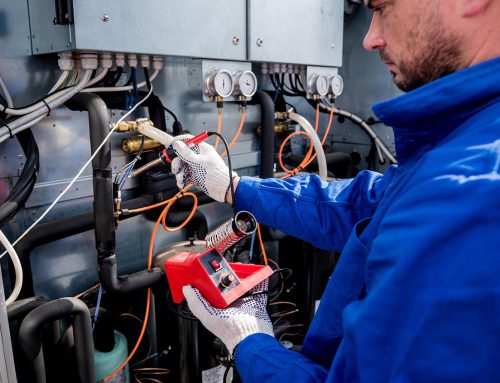In today’s competitive business landscape, energy efficiency is not just a buzzword—it’s a strategic advantage. For commercial buildings, optimizing energy usage not only reduces operational costs but also enhances sustainability and productivity. Here are three key strategies to unlock energy efficiency and transform your commercial space.
1. Upgrading to LED Lighting: Illuminating the Way to Savings
One of the most impactful ways to save energy in a commercial building is by upgrading to LED lighting. LED (Light Emitting Diode) fixtures consume significantly less energy than traditional incandescent or fluorescent lights while providing superior illumination. This upgrade not only reduces electricity bills but also extends the lifespan of lighting systems, lowering maintenance costs in the long run.
LED lighting achieves energy efficiency through several mechanisms. Firstly, LEDs convert more energy into visible light than traditional bulbs, reducing wasted energy as heat. Additionally, LED fixtures are designed with advanced controls such as dimmers, timers, and motion sensors, allowing for precise lighting management based on occupancy and natural light levels. By customizing lighting patterns and adjusting brightness as needed, businesses can optimize energy consumption without compromising illumination quality.
2. Implementing Energy-Efficient HVAC Systems: Climate Control for Sustainability
Heating, ventilation, and air conditioning (HVAC) systems play a crucial role in maintaining a comfortable and energy-efficient indoor environment. Upgrading to energy-efficient HVAC systems not only reduces energy consumption but also enhances occupant comfort and air quality.
Modern HVAC systems leverage advanced technologies such as variable speed motors, smart thermostats, and zone control to optimize energy usage. Variable speed motors adjust the airflow based on demand, reducing energy waste during low-load periods. Smart thermostats enable precise temperature control and scheduling, ensuring that heating or cooling is only active when necessary. Zone control divides the building into separate areas with individual temperature settings, allowing for targeted climate control and further energy savings.
3. Embracing Smart Power Management: Streamlining Energy Consumption
Effective power management is another pillar of energy efficiency in commercial buildings. Smart power management solutions integrate energy monitoring, automation, and optimization to streamline energy consumption and identify areas for improvement.
Energy monitoring systems track real-time energy usage across different building systems, providing valuable insights into consumption patterns and identifying areas of inefficiency. Automation technologies automate energy-intensive processes such as lighting, HVAC, and equipment operation, optimizing energy usage based on predefined schedules and occupancy levels. Optimization strategies, such as load shedding during peak demand periods and power factor correction, further enhance energy efficiency and reduce utility costs.
By embracing these energy-efficient strategies, businesses can not only reduce their environmental footprint but also achieve significant cost savings and operational benefits. At Eric Gandler Development Electric, we specialize in implementing tailored energy solutions for commercial spaces in Clifton Park and beyond. Contact us today to learn how we can help transform your commercial building into an energy-efficient and sustainable environment.





